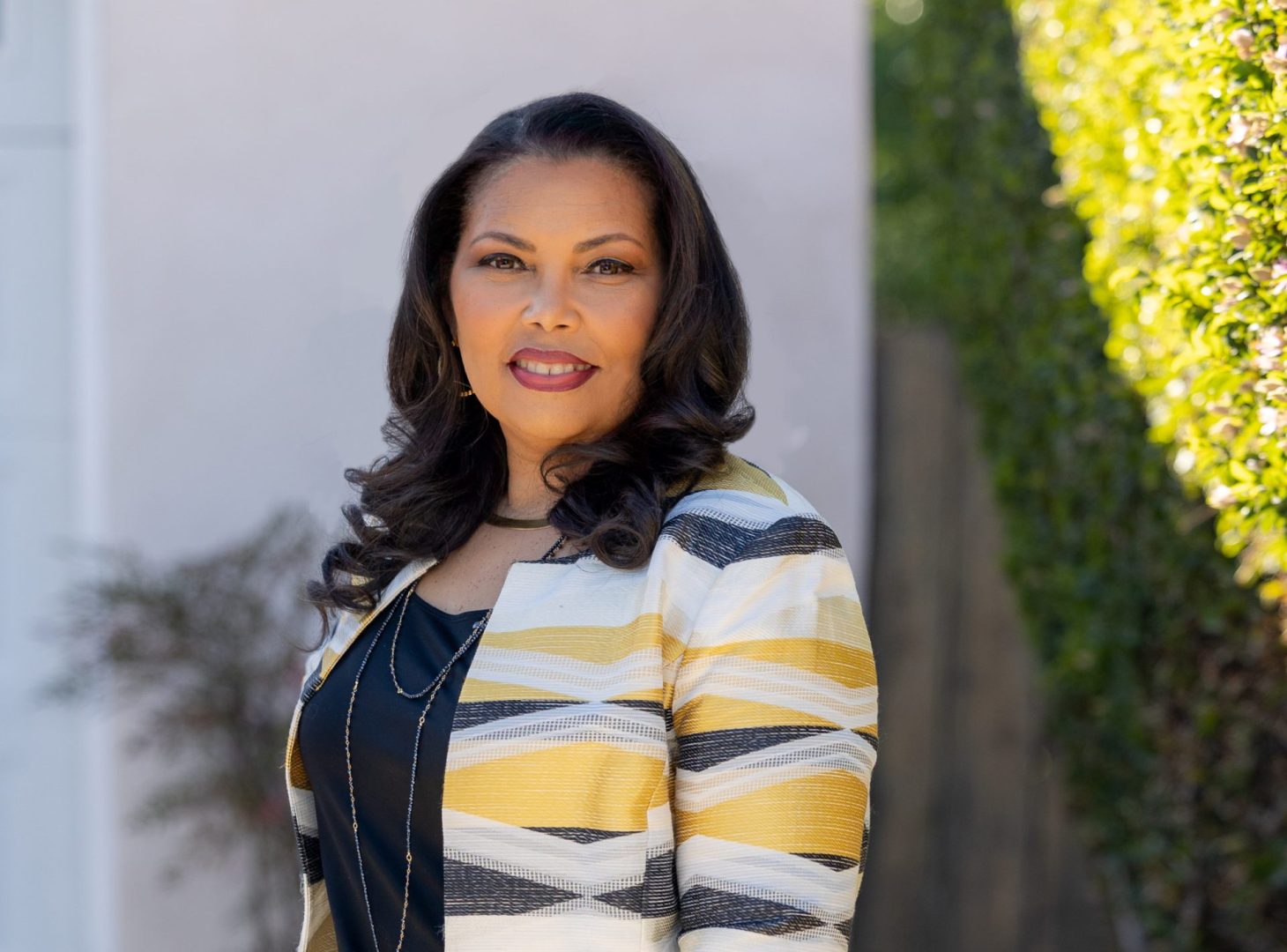In an era where banking apps and automated services have become the norm, Sarah R. Harris, president and CEO of the Black Business Association (BBA), stands firm in her conviction that there’s something irreplaceable about walking into a bank and shaking someone’s hand. “It is vitally important to go in the bank,” she insists, her voice carrying the weight of over 25 years of business experience.
This seemingly old-fashioned advice, to physically visit your bank and develop personal relationships with bankers, emerges as a surprising cornerstone of Harris’s financial philosophy for Black-owned and underserved businesses in today’s economy.
When digital convenience meets systemic barriers
“A lot of times with apps and ATMs and whatnot, we are relegated to just not even step in nowhere,” Harris observes, pointing to how digital convenience has inadvertently removed crucial human connections from banking relationships.
For Black entrepreneurs who continue to face significant barriers to capital access, this removal of the human element can exacerbate existing challenges. Banking digitization, while offering convenience, may unintentionally strengthen systemic barriers when algorithms replace human judgment, particularly for business owners from historically underserved communities.
Harris’s emphasis on physical presence isn’t merely nostalgic; it’s strategic. “Take the time out to really make that connection with your banker because you want them to understand you as a business owner, what you do, and also to just update them about what’s going on with you,” she advises.
The crux of her argument, bankers with personal knowledge of your business become advocates who “are privy to certain things, and they will come to you and bring you this information of opportunity.”
Success stories beyond the algorithm
To illustrate the tangible impact of these relationships, Harris shares two compelling examples from her work at the BBA.
In one case, a Black-owned construction firm had struggled repeatedly with traditional financing channels. Through relationships with bankers fostered by the BBA, the business received assistance restructuring its financing, secured a line of credit, and gained access to supplier financing options that algorithms alone would likely have denied.
The second example involved a woman entrepreneur who had developed a beauty brand and needed working capital to expand into major retail. By developing a relationship with a dedicated business banker, she received personalized guidance on cash flow management, building business credit, and ultimately secured a business loan that helped her scale operations and increase revenue.
These success stories share a common element: human intervention that looked beyond strict financial metrics to understand the businesses’ potential and needs. “Those kinds of opportunities where you may feel stuck, or need that little extra hand, or whatever, again, we go back to having a relationship with the banker that can help you get over that hump,” Harris explains.
Building business readiness in three dimensions
Harris’s approach to banking readiness extends beyond simply showing up at the bank. She outlines three essential practices for entrepreneurs seeking to improve their banking relationships.
First, maintain comprehensive financial records including profit and loss statements, balance sheets, and tax filings to present a clear financial picture.
Second, build and maintain separate business credit through good payment history with vendors that report to business credit bureaus.
Third, develop strong banker relationships through regular in-person meetings, whether at branch locations or networking events.
This three-dimensional approach, paperwork, credit history, and personal connection, creates what Harris calls “bankability,” positioning businesses to qualify for financing when opportunities arise.
“It’s always important, the term in terms of stay ready to be ready. You don’t want to be caught in a mode where there’s an opportunity, and you’re not ready,” she emphasizes.
Navigating disaster resilience through relationships
When discussing recent wildfires and natural disasters affecting small businesses, Harris returns to the theme of relationship banking as a resilience strategy. Beyond insurance policies, she suggests that established banking relationships can provide crucial flexibility during recovery.
“If you haven’t experienced that as of yet, you want to heed the moment to have yourself covered and create the opportunity where everything is in order,” Harris advises, recommending that business owners establish lines of credit and maintain access to liquid capital before disasters strike.
The implication is clear, banks that know your business personally may be more willing to extend flexibility during recovery periods than those that know you only through digital interactions and algorithms.
Institutional resources beyond traditional banking
While emphasizing personal banking relationships, Harris also highlights institutional resources available to underserved entrepreneurs. She points to US Bank’s business financial education programs and flexible financing options designed to reduce traditional barriers. She mentions SBA-backed loans with favorable terms for small businesses, available through banking partners like US Bank. Additionally, she discusses minority business grant opportunities through government agencies and foundations, as well as Community Development Financial Institutions (CDFIs) like Pacific Coast Regional Business Finance and Vermont Slauson Economic Development Corporation, which provide funding specifically for historically underserved businesses.
“These are usually the most favorable and flexible for small businesses,” Harris says of CDFIs. “If you are not quite ready, they help get you ready, and then when they get you ready, it can be very much more favorable than traditional avenues.”
The woman behind the mission
As the first female president and CEO of the BBA, Harris brings personal understanding to the challenges facing women entrepreneurs, particularly Black women. She notes that while white women earn about 80 cents on the dollar compared to male counterparts, Black women earn closer to 60 cents, a disparity that extends into business financing.
Harris’s own journey includes decades as a creative design and marketing entrepreneur focused on “making other people look good and wanting them to shine.” This nurturing approach, while fulfilling, sometimes came at the expense of her own business growth.
“One of my challenges has been where I often was a behind-the-scenes kind of a person, and supporting other people’s dreams, and taking on more things that weren’t specific to what my dreams and goals were,” she reflects.
This personal experience informs perhaps her most powerful advice to women entrepreneurs, “Own your no.”
The phrase encapsulates her belief that women must protect their business focus by declining opportunities that don’t directly advance their core mission, even when saying yes might seem more natural or comfortable in the moment.
“Women, we’re nurturers, and we give out more, but practice more of the inward view of yourself and what you need, and focus on that,” Harris advises.
In an increasingly digital banking landscape, Harris’s emphasis on human connection, preparation, and boundaries offers a nuanced perspective for navigating financial systems that weren’t originally designed with Black entrepreneurs or women in mind. By insisting on physical presence in banks, complemented by meticulous preparation and clear boundaries, Harris provides a roadmap for converting systemic challenges into strategic opportunities.







